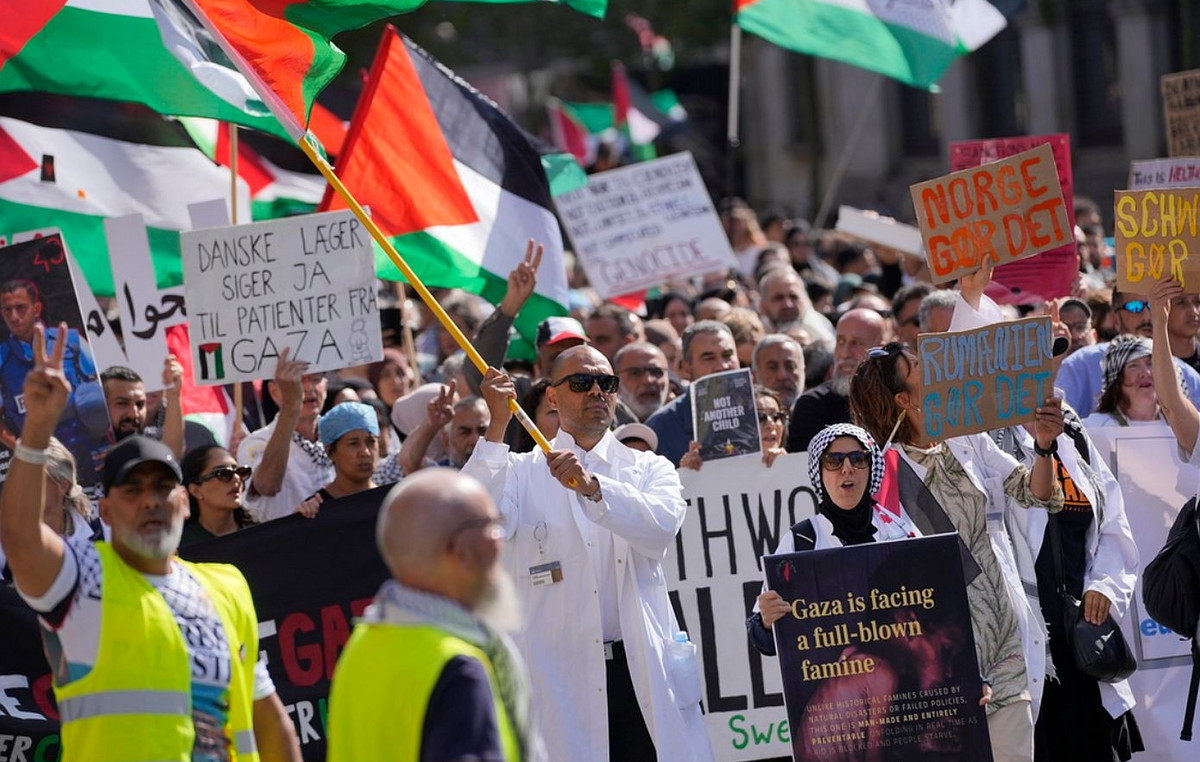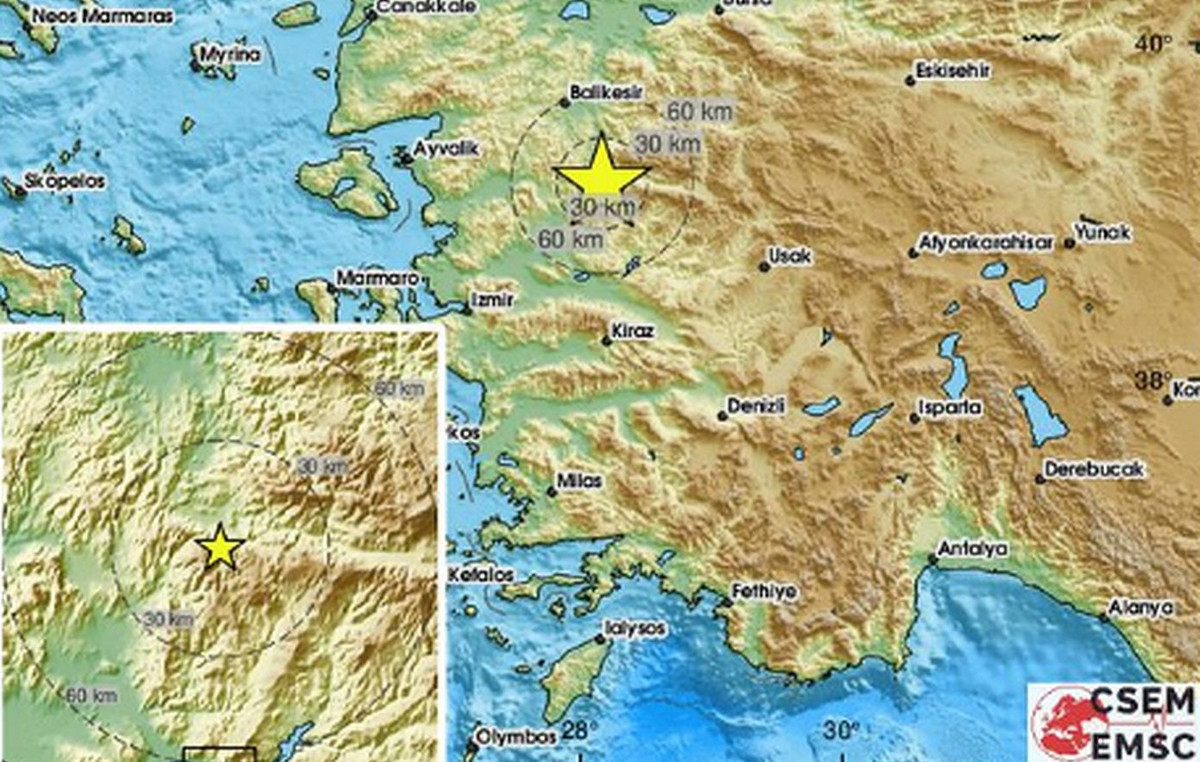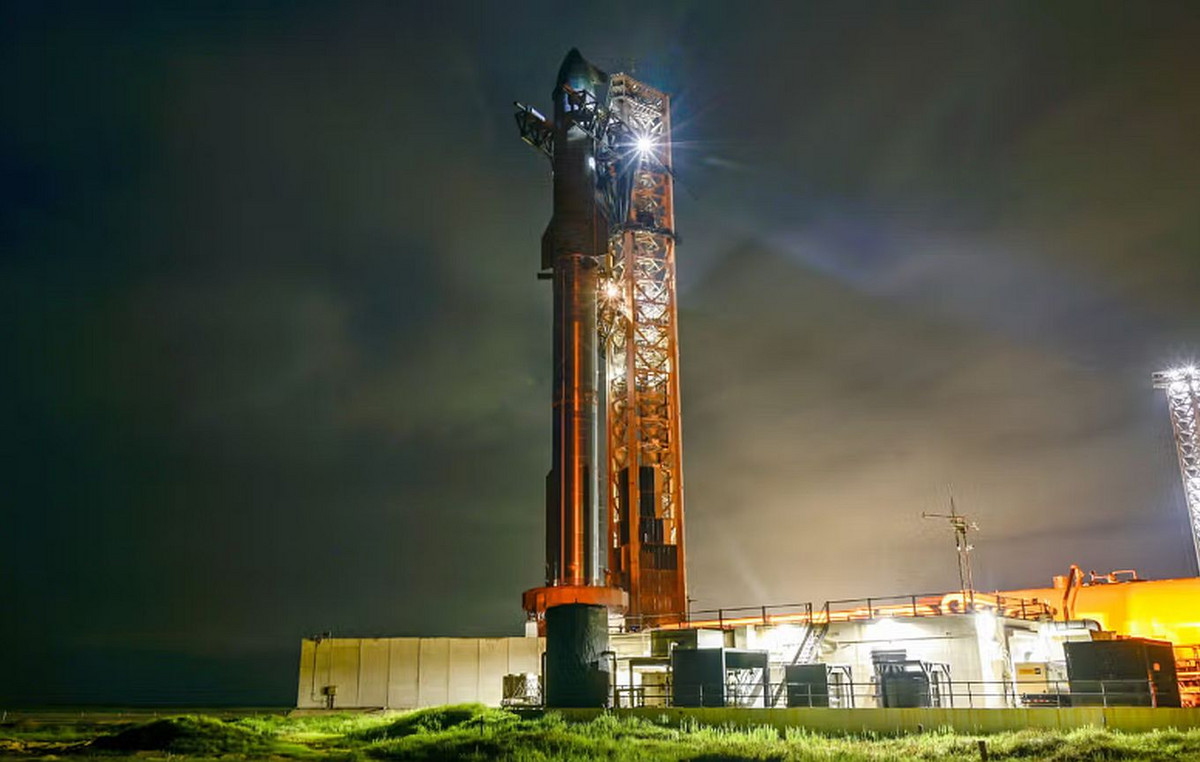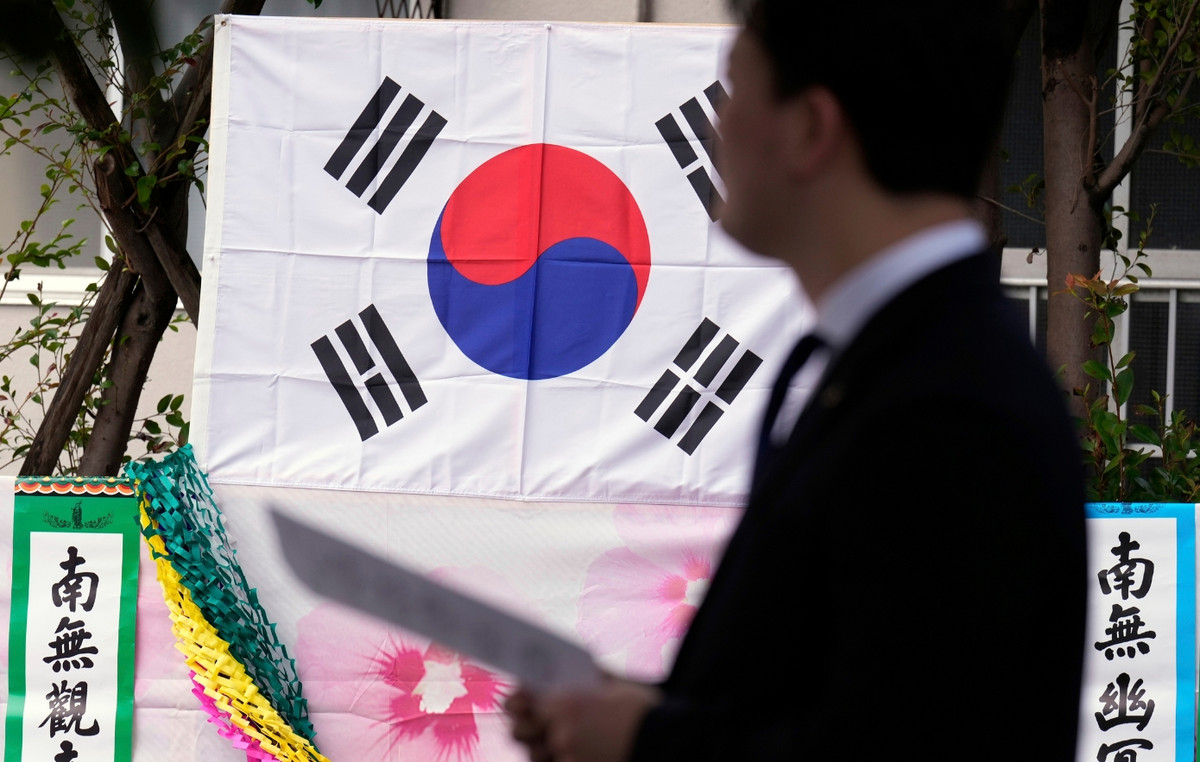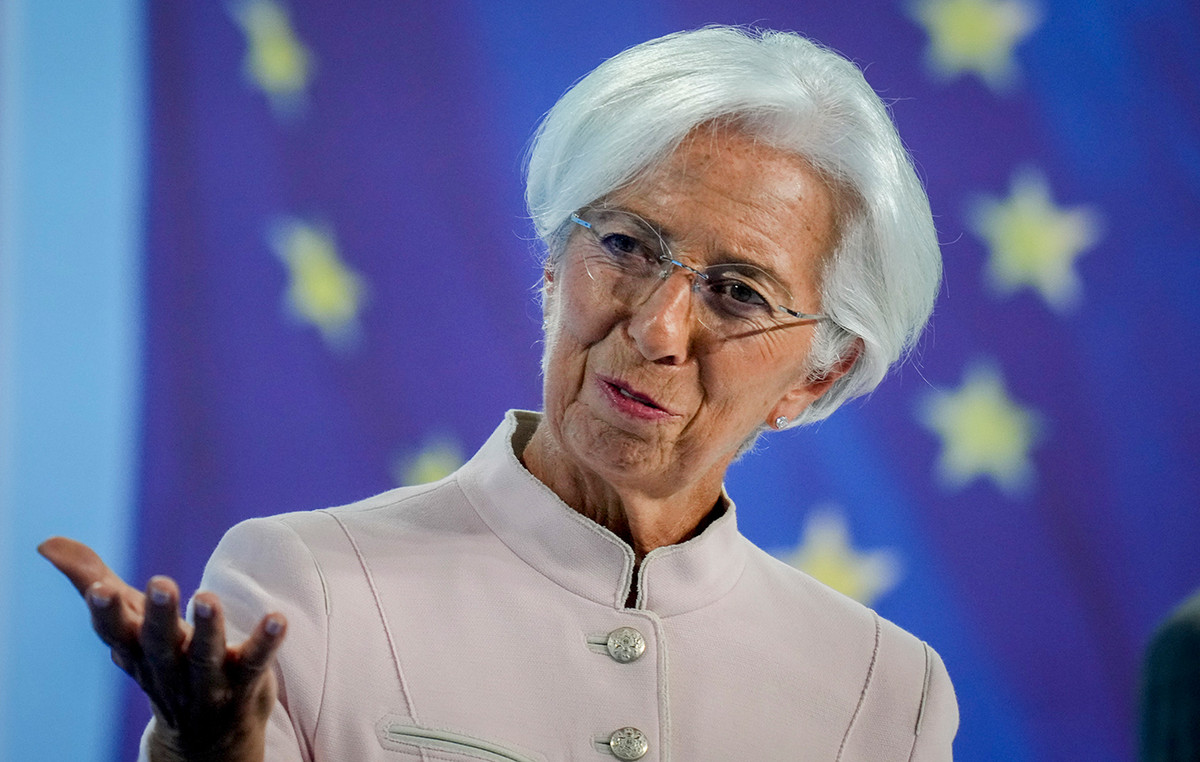The United Nations (UN) has estimated that the war in Ukraine could drive up to five million people from their homes towards the borders with Poland, Romania and Slovakia. The United Nations High Commissioner for Refugees (UNHCR) called the scenario the biggest refugee crisis of the century.
That total represents just over 10% of the Ukrainian population and almost twice that of the capital, Kiev. For the Ibmec Law professor and member of the International Law Commission of the Rio de Janeiro section of the Brazilian Bar Association (OAB-RJ), Lier Pires, the time for the resolution of conflicts is crucial for a reformulation in the protocols of shelter for war fugitives.
“There is still no plan or policy for these refugees. If there is a ceasefire, they will obviously go back to their country. But the more extensive and more barbaric the conflict becomes, the more support the European Union and even NATO will have to provide, at a cost to the refugee,” said Pires.
In the first half of 2021, the number of people under the protection mandate of the United Nations High Commissioner for Refugees (UNHCR) exceeded 20.8 million. The largest contingent, about 6.7 million, are Syrians. If the estimate comes true, Ukrainians would occupy the second position, ahead of Venezuelans (4.1 million).
In addition to the increase in numbers, the length of stay of refugees in European countries of destination can trigger negative reactions, such as human rights violations. Mainly, xenophobia, according to refugee expert, international lawyer Manuel Nabais da Furriela.
“Right now we have emergency care, support with food and shelter. As the crisis continues, the possibility of these people returning to Ukraine is decreasing. The volume and long stay of these refugees in Europe can bring up issues such as persecution and xenophobia. In Poland, for example, there was already a large influx of Ukrainian immigrants. Now, they arrive on a humanitarian basis. Europe itself already has a history of aversion to refugees, it was even one of the reasons for Britain’s departure from the European Union”, explained the expert.
However, Furriela admits that the reaction to the stay of Ukrainians in European countries would be treated differently. “There are the Syrians, a large and culturally diverse group. The difference with the Ukrainians is the proximity, there is a greater commotion”, she assesses.
If cultural similarity can bring people together, the fact that the profile of refugees is atypical creates new needs. With Ukrainian men aged between 18 and 60 unable to leave the country because of martial law, those crossing the borders are predominantly women and children.
“In this group we have a need for differentiated reception, they are more vulnerable people, with the elderly among them. And we have another serious element, which is the precariousness of care for refugees of African and Indian ethnicities, who have suffered racism,” said Pires.
Although attention is focused on the thousands of people who cross the borders every day, Ukrainians who chose not to leave the country are also worrying: there are seven million displaced people, according to the UN.
These are people who leave areas occupied by troops or in conflict zones. As fuel, money, food and medical supplies run out, the more difficult it becomes for these people to stay and exist in Ukraine.
“One point that I believe is important is that the UN has not yet formed a humanitarian corridor with the Red Cross in Ukraine. They have not yet started to support these countries that are taking in these refugees on their own,” concluded Furiella.
Source: CNN Brasil
I’m James Harper, a highly experienced and accomplished news writer for World Stock Market. I have been writing in the Politics section of the website for over five years, providing readers with up-to-date and insightful information about current events in politics. My work is widely read and respected by many industry professionals as well as laymen.

